Z270 Motherboard Preview Roundup
While Intel's new CPUs don't offer much by way of upgrade allure, we do at least have plenty to look forward to from motherboard manufacturers. With M.2 SSDs and PCI-E bandwidth taking pride of place, there are more M.2 slots than you can shake a stick at, as well as ingenious ways of cooling and mounting them. RGB lighting is back with a vengeance, and there's all sorts of tweaks and improvements in terms of EFIs and software too, including improved ALC1220 audio codec performance on every board we've tested so far compared to Z170.We've had hands-on with several examples from Asus, Gigabyte, and MSI, and will be rolling out our reviews over the rest of this month. In the meantime, as well as our first review, which features MSI's Z270 Gaming Pro Carbon, you'll find here details and images of all the boards we've got in our lab as well as information on new ranges and features - a lot has changed since Z170.
Asus
To start with, we've uncovered a leaked pricing list of what appears to be all of Asus's Z270 boards.There's a couple of casualties from Asus's lineup. Specifically, the ROG brand has both lost and gained some models. The biggest loss is the Gene, Asus's premium micro-ATX motherboard. With the loss of its more expensive sibling - the Rampage Gene, last seen for the X79 chipset - it now means there are no micro-ATX motherboards under the ROG banner. We haven't seen any information regarding the mini-ITX Impact either - presumably the Maximus IX Impact - so it too may have been ousted from the ROG brand.
However, all is not lost - the Gene does actually still exist, but it has reappeared as part of Asus's Strix brand, which looks like it's going to be more extensive this time round. The new micro-ATX board is called the Strix Z270G Gaming, which is also the largest board we've seen to sport a rear-mounted M.2 port, with another on the top side of the PCB too.
It's joined by what is essentially the Maximus Ranger - now called the Strix Z270F Gaming - along with a higher end model, the Strix Z270E Gaming, and a more wallet-friendly option, the Strix Z270H Gaming. The new Strix lineup sports many ROG features too, but this does mean the baseline cost for ROG boards has gone up, starting at around £250 for the Maximus IX Hero, while the Strix series starts at around £160.
While there's no mention of mini-ITX or micro-ATX pure ROG options, the Maximus IX line-up does sport two new models - the Code and Apex, along with the usual Hero, Formula and Extreme. The Code appears to be a beefed-up version of the Hero, with built-in 802.11ac 2T2R Wi-Fi and a large shroud covering the I/O panel and most of the PCB. The Apex we had very little information on when we wrote this, but a blanked out pricing guide we saw had it sitting between the Hero and Code in terms of cost.
We've already had hands on with the new Hero and Strix Z270F Gaming, and both are fantastic boards, as you'll read about in more detail soon, plus we have the new EKWB water block-equipped Maximus IX Formula and Strix Z270G Gaming too. The Hero builds on what we saw with the Maximus Hero Alpha in 2016 and for a similar price. Interestingly, Asus has ditched U.2 from every board we've seen so far, which is fair enough given that M.2 seems like it's the way forwards, although it does lack Thunderbolt 3 support, which many of its competitors do offer and some at cheaper price points too.
Given Kaby Lake is overclocking-friendly, any software or features giving you easier access to tweaking will be very useful. Asus's software is up to its usual high standards - you can see more in our reviews coming out shortly, but there's an even easier way to overclock on Asus motherboards, including the Strix and Maximus ranges - a 5G OC profile. This, Asus claims, allows a successful 5GHz overclock on around 80 percent of Kaby Lake K-series CPUs, using the EFI or its AI Suite software. There's also CPU overclocking temperature control in its EFIs now too, which can allow for higher overclocks when temperatures are low enough, but knock them back if things get toasty.
The Strix Z270F Gaming is much keener on price at around £180, and is possibly our favourite Z270 board so far. While Asus might like to claim its ROG boards have that extra pizazz that's worth paying for, the Strix Series includes a majority of all those extra software features, but at a much lower price tag. Perhaps more importantly, the Strix Z270F Gaming overclocked like a trooper and was on par with the Hero in practically every area. It will be interesting to see just how Asus differentiates the ROG and Strix brands because at the moment they seem very similar in everything but price.
Mini-ITX
ROG Strix Z270I Gaming
Micro-ATX
ATX

MSI MPG Velox 100R Chassis Review
October 14 2021 | 15:04


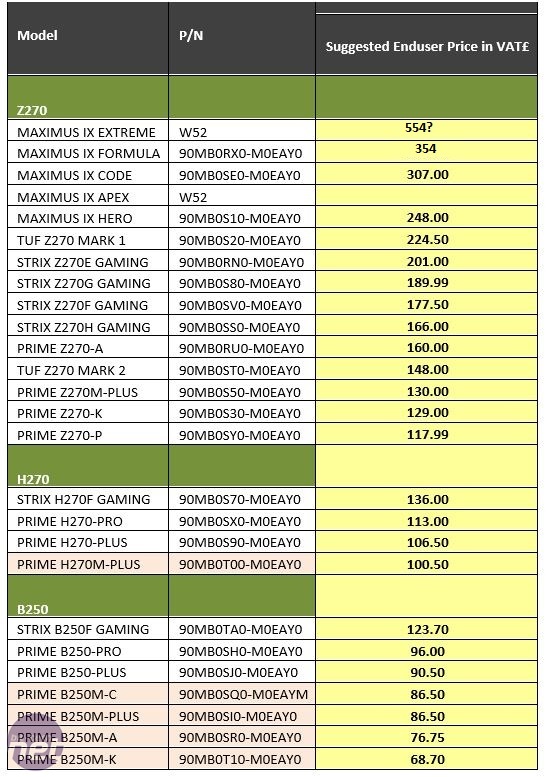
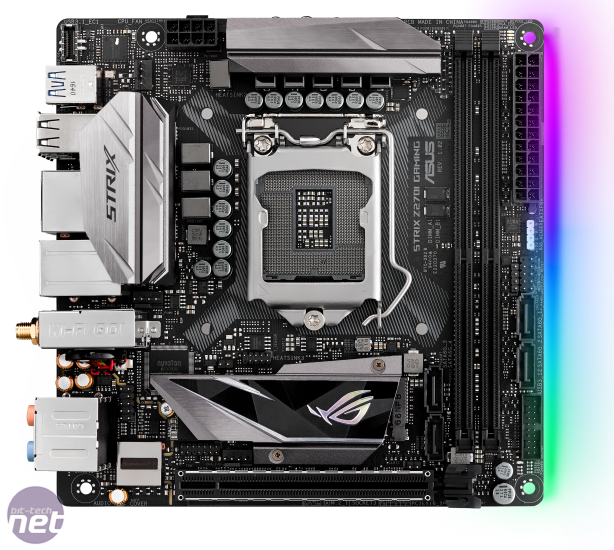
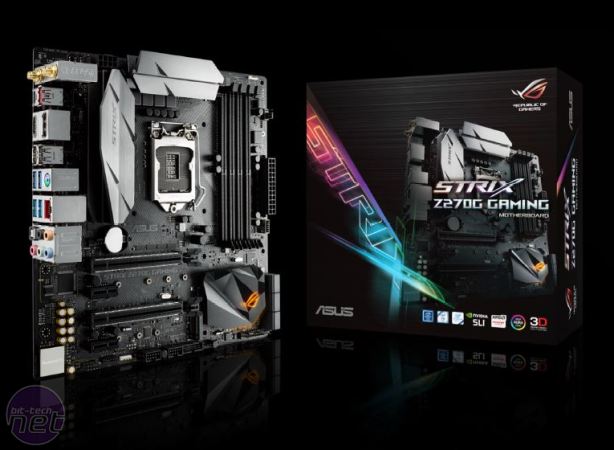
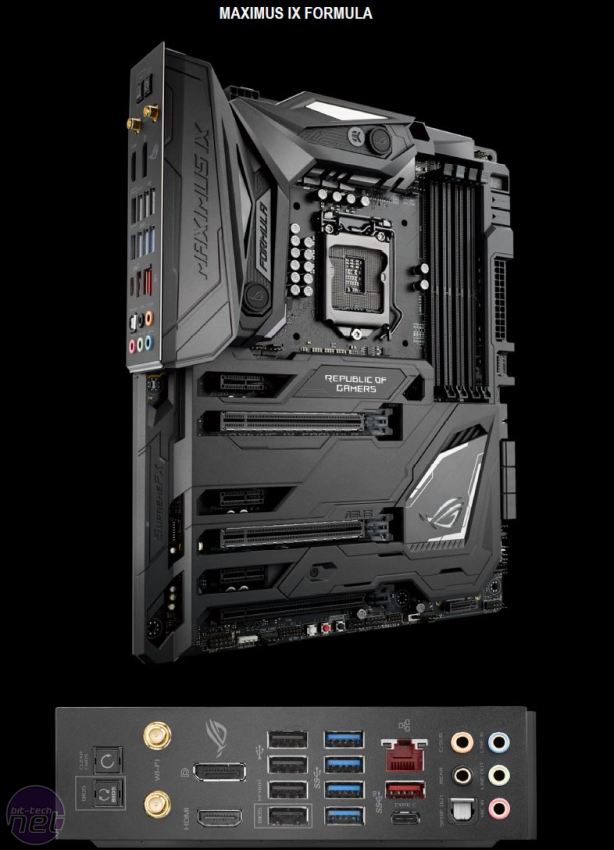
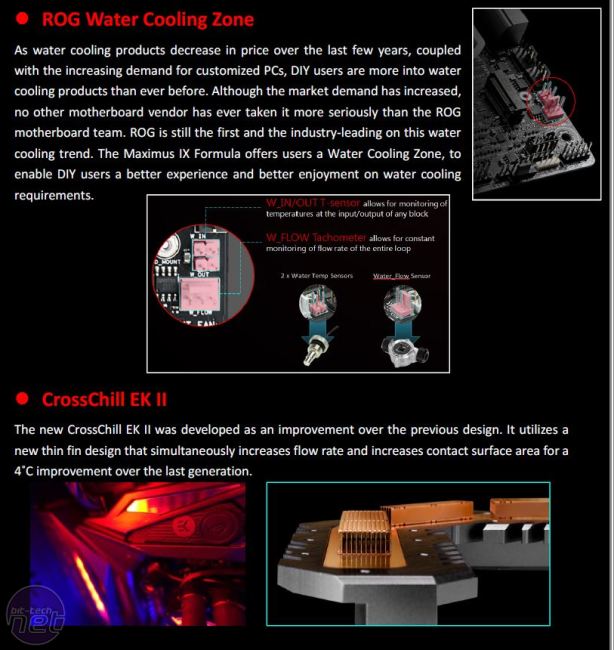

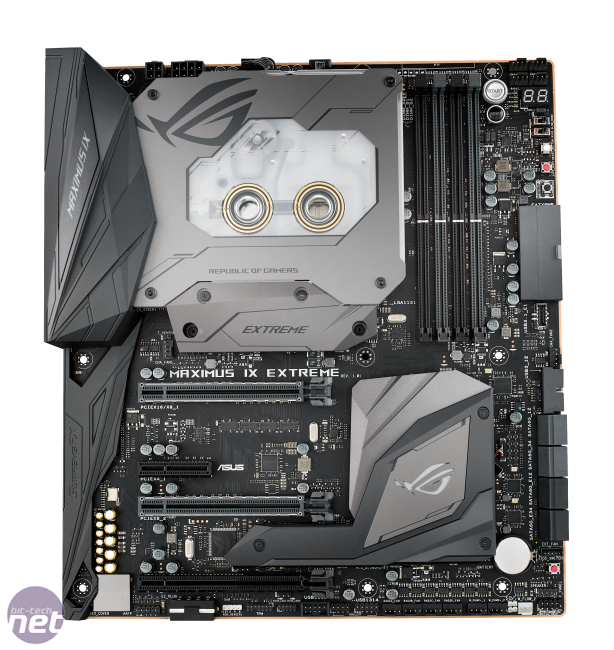

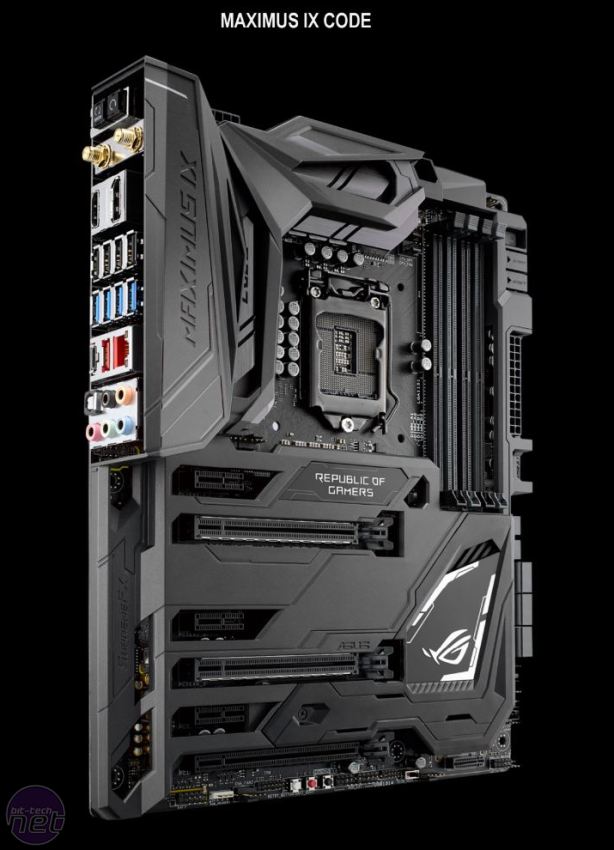
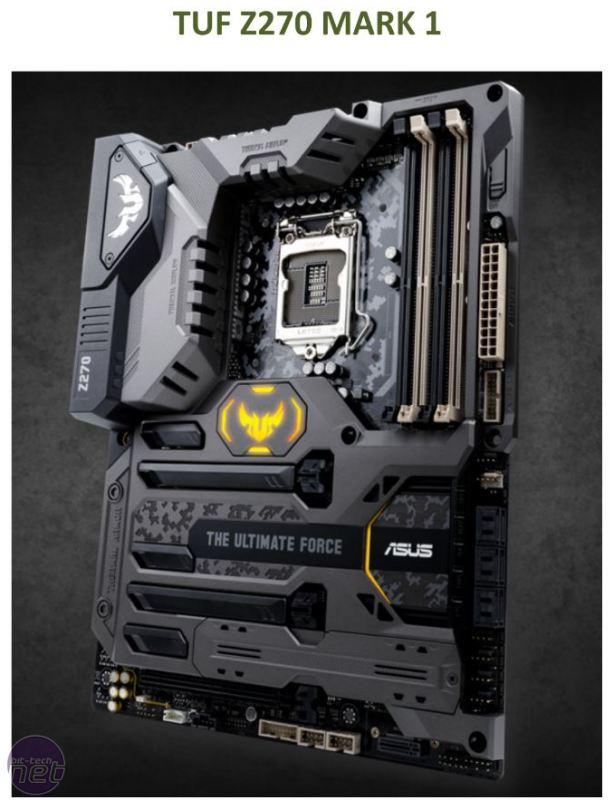
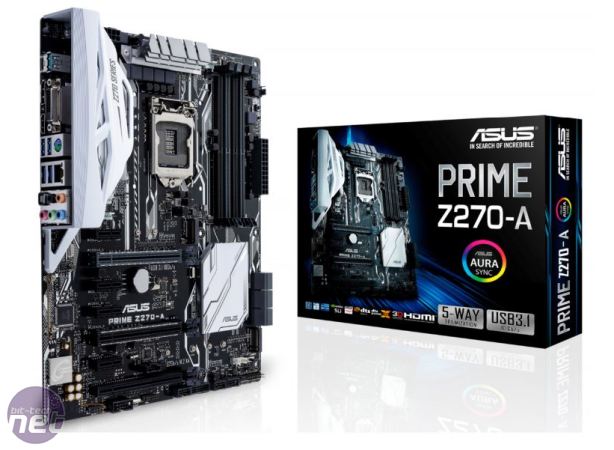

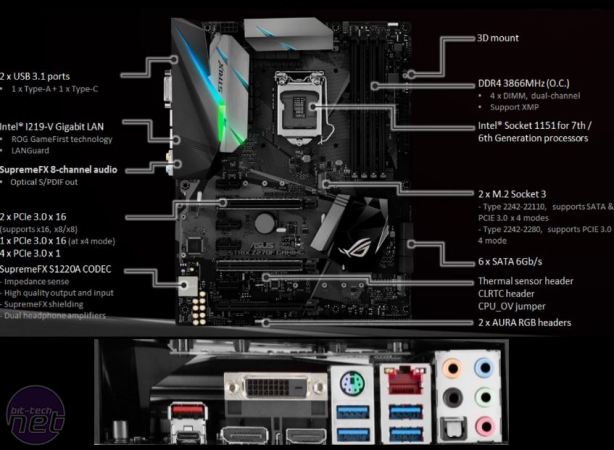
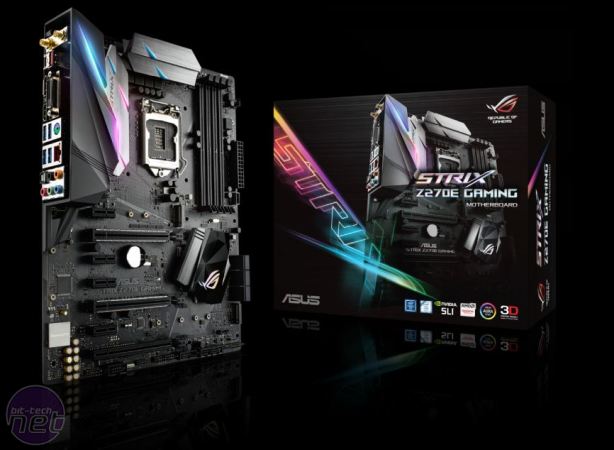







Want to comment? Please log in.